This year, spread holiday cheer with thoughtful spa gifts and self-care moments at Natural Body Spa + Med Spa. Whether you’re local to Atlanta or visiting family in town, we’re here to help you escape the holiday hustle and make gift giving stress free. In the spirit of giving, we’ve wrapped up some special self-care savings and free gifts to help you pamper the people…
News & Tips
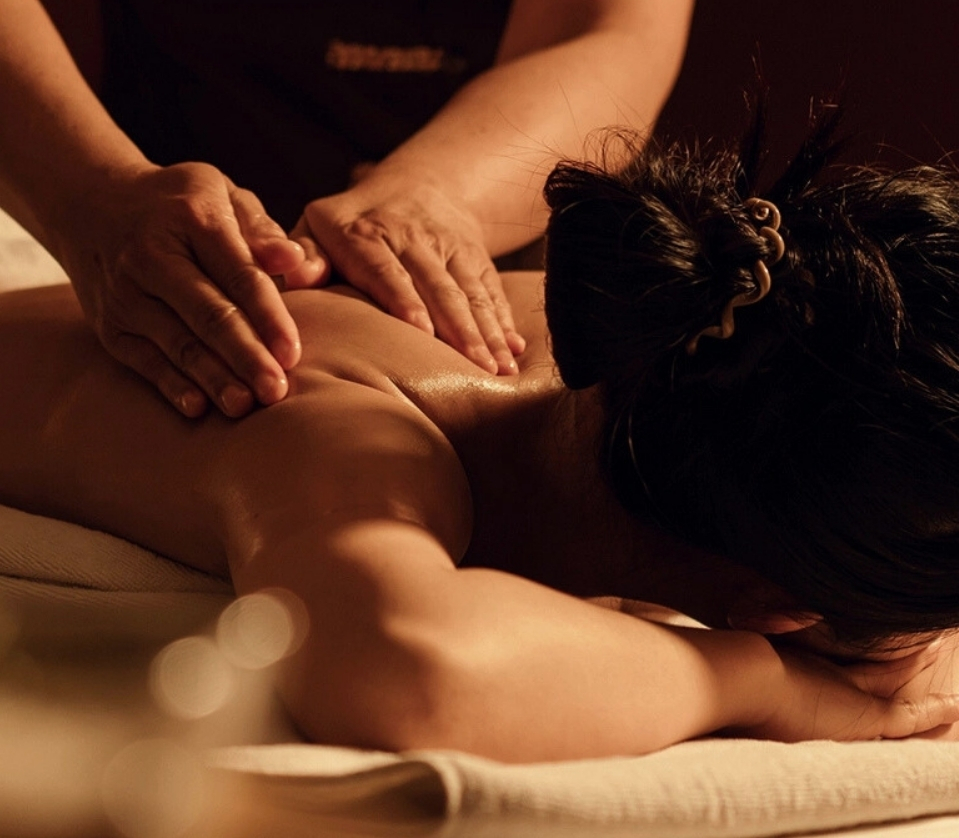

Enter to Win: 2025 Holiday Botox Giveaway
posted December 03, 2025This holiday season, Natural Body Spa + Med Spa is giving one lucky winner a complimentary Botox treatment— up to 50 units ($675 value)! Consider it our early holiday gift to you. Enter our 2025 Botox Giveaway by 11:59PM on Tuesday, December 9 for your chance to win our most popular med spa treatment from Atlanta’s favorite med spa.
This giveaway is now closed. Come…
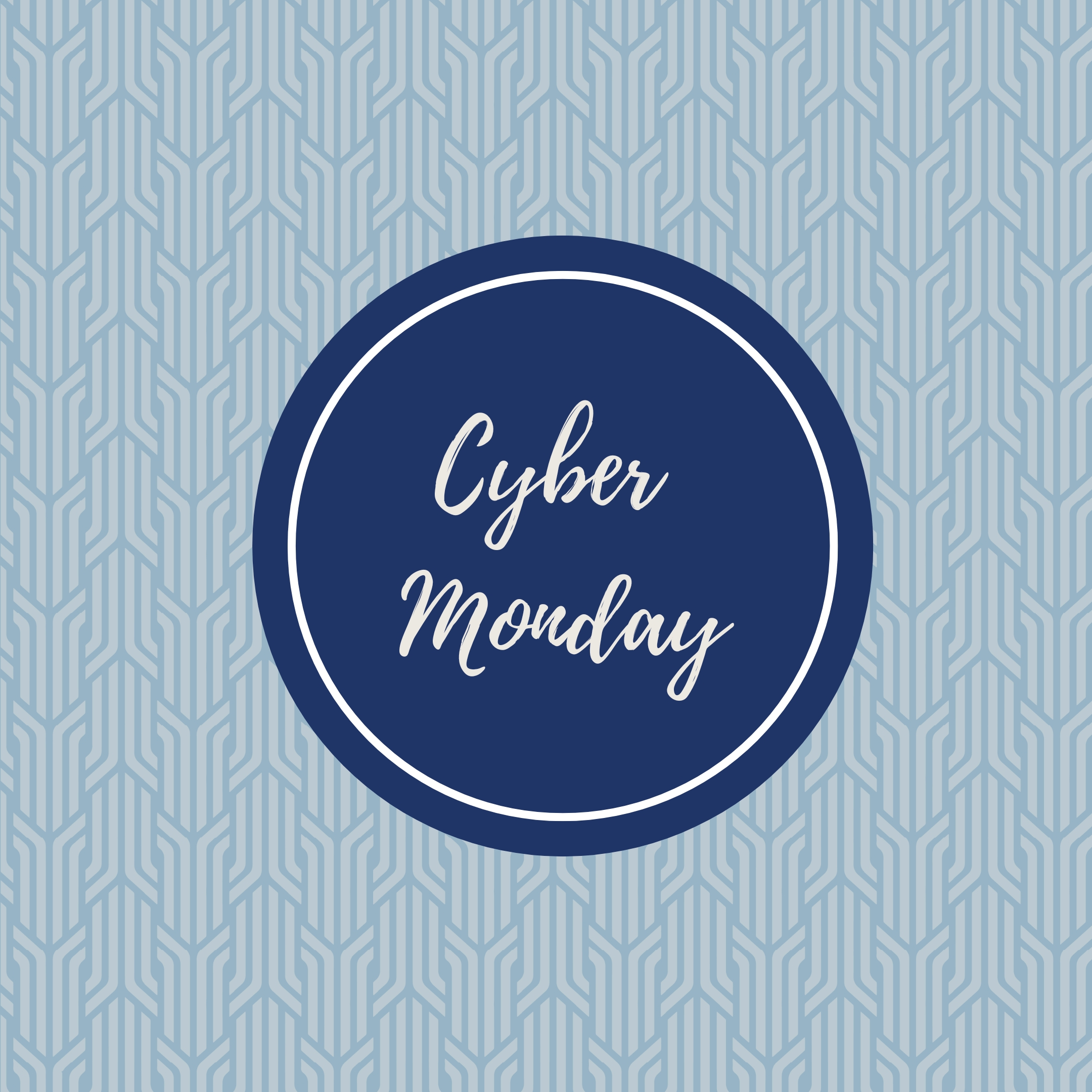
Cyber Monday Spa Deals
posted November 30, 2025Cyber Monday is on December 1, 2025 and it’s the perfect time to get a head start on your holiday shopping! Cyber Monday spa deals at Natural Body Spa + Med Spa help make your gift-giving seamless with our Holiday Spa Packages and Natural Body Gift Card Bonus.
Cyber Monday is also the last day to enjoy our biggest skincare sale of the season! It’s…
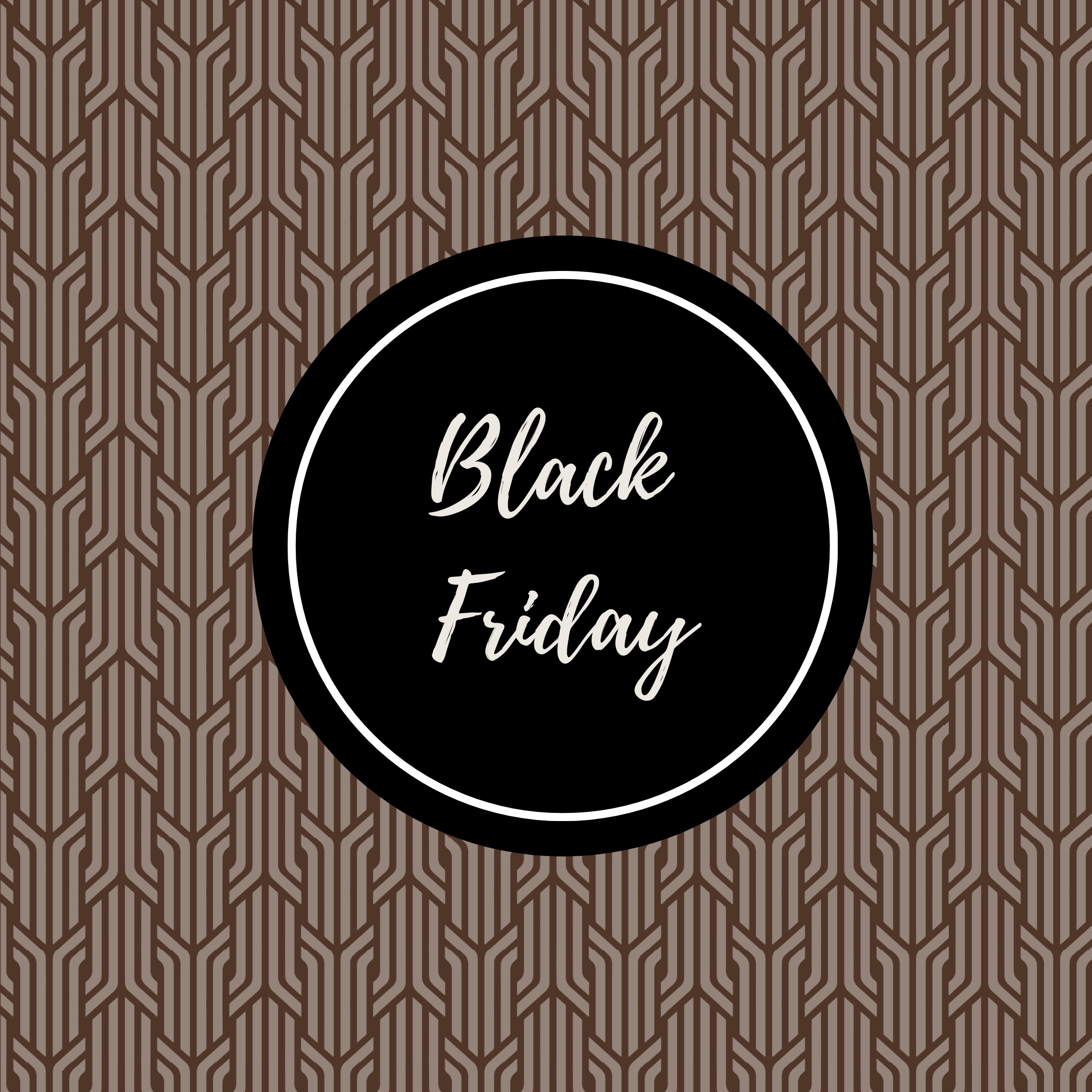
Black Friday Spa Deals
posted November 20, 2025Black Friday is December 28th, 2025. Share the gift of relaxation this holiday season and enjoy exclusive savings with Natural Body Spa + Med Spa Black Friday deals in Atlanta, Georgia. Shop Holiday Spa Packages and enjoy a limited-time Gift Card Bonus in-store or online 24/7 for stress-free gift-giving.
Give $200 In Gift Cards, Get A $50 Spa Voucher
Spread a little extra holiday cheer with…

2025 Botox Day: Buy One $50 Botox Gift Card, Get One Free
posted November 01, 2025National Botox Day Is November 19th, 2025!
Celebrate with a special Allē offer: Buy one $50 Botox Gift Card, Get One Free. This limited time offer is available for Allē members for one day only on Wednesday, November 19th at 12pm ET. Sign up for Allē today start saving instantly. Registration is easy!
2025 Botox Day Gift Card Offer: Buy One $50 Gift Card, Get One…
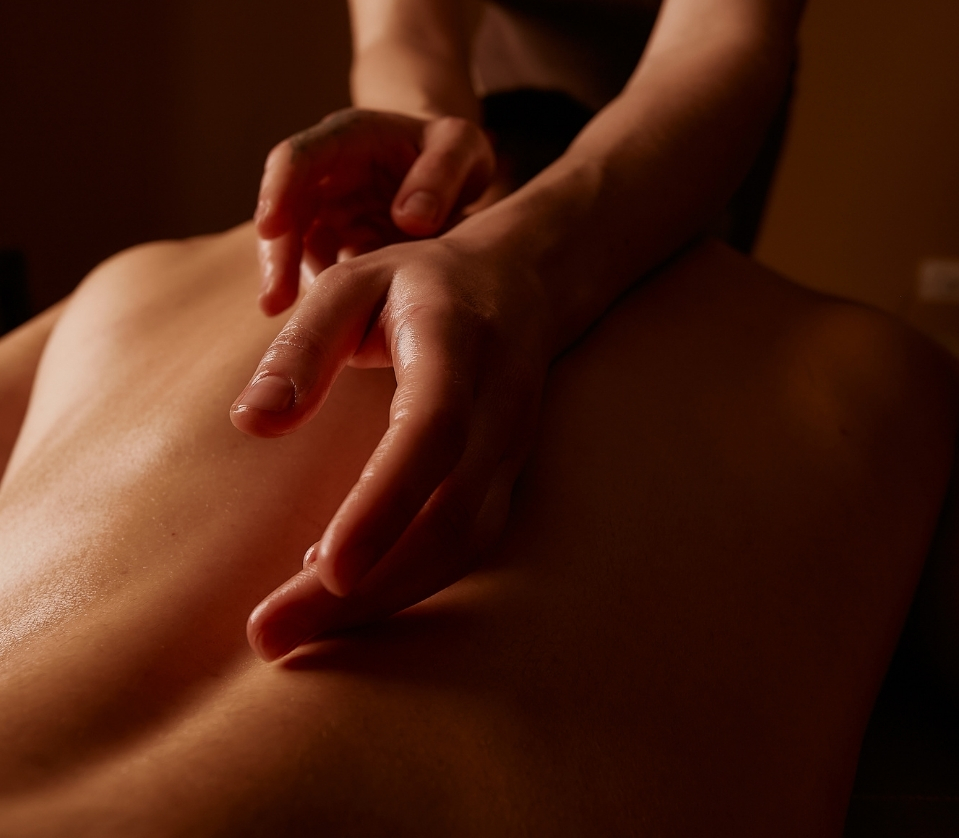
Different Types of Massage
posted August 01, 2025What are the different types of massage therapy?
From deeply restorative to purely relaxing, massage therapy isn’t one-size-fits-all — and that’s what makes it so powerful. There are dozens of modalities (aka specialized massage techniques) designed to support specific wellness goals, health concerns, or personal preferences. While not every modality is right for every body, you’re bound to find the one that feels like it…
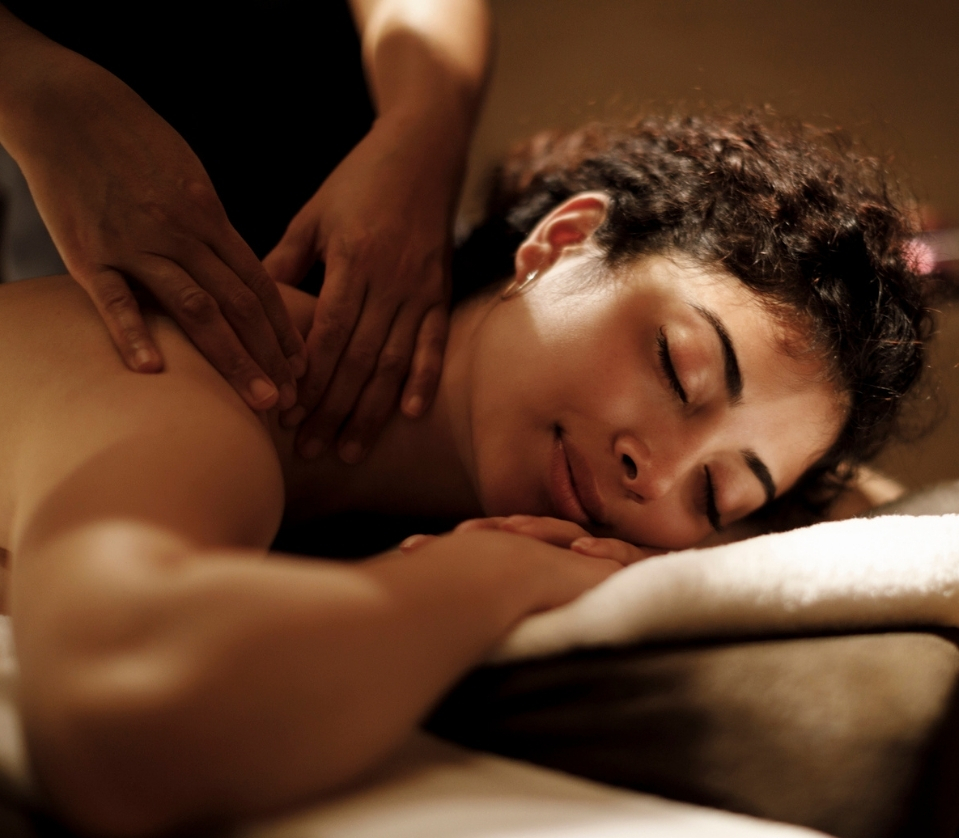
How to Use Massage to Improve Sleep
posted July 20, 2025Sleep problems are common — about 1 in 3 U.S. adults isn’t getting enough rest according to the CDC. Over time, that kind of chronic sleep loss can raise the risk of serious health issues like high blood pressure, heart disease, and depression.
Massage therapy offers a natural way to support better sleep, helping your body shift into a calmer, more sleep-ready state. From calming…

5 Essential Oils to Use in Massage
posted July 02, 2025Essential oils have a reputation for being relaxing — but pair them with a massage, and they turn into something seriously next level. From clearing your sinuses to boosting your mood, these natural extracts know how to multitask. With over 90 types of essential oils, you can find many healthful uses. Each type has a unique smell and frequency. Here are five essential oils…